
Steep tariffs, like the 145% duties currently imposed by the U.S. government on Chinese toy imports, have caused a great deal of economic disruption in the small toy manufacturing industry. Uncertainty, supply chain delays, and drastically increased costs for small toymakers fuel concerns about inventory shortages right before the important holiday sales season. Nearly 80% of toys sold in the United States are made in China, so tariffs have the potential to completely disrupt entire supply chains and pricing structures.
Many small businesses face severe revenue losses or even closure because they frequently operate on thin margins and have limited cash reserves. The core of this issue is the interaction of tariffs, reliance on Chinese factories for manufacturing, and fluctuating consumer demand, which puts the diversity and health of the US toy market at risk as the holidays approach.
Background of Toy Industry Tariffs in History
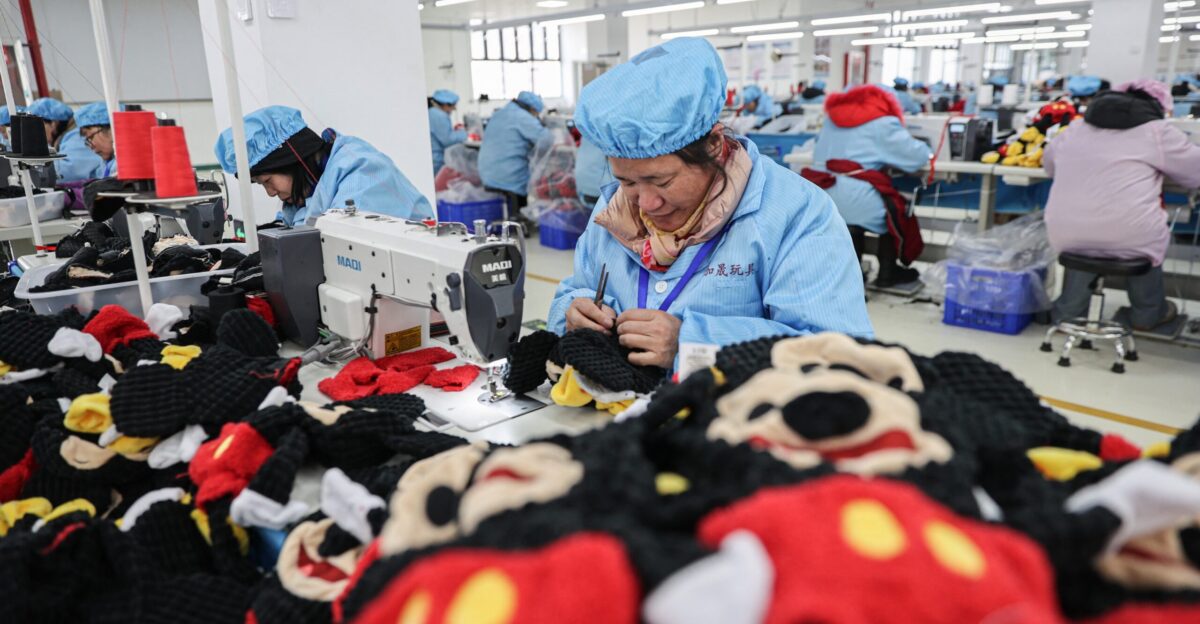
Due to historically low tariffs on Chinese toys, a strong supply chain was able to guarantee product availability and affordable prices. This changed significantly during the Trump administration.
Toys were initially free, but rising trade tensions led to a 145% tariff on Chinese goods in 2025. Decades of low-tariff trade were reversed, and toymakers were severely impacted by the sudden and drastic rise in import prices. Since the 1990s, there has been a systemic reliance on Chinese manufacturing; therefore, tariffs act as a sudden tariff “shock,” with serious repercussions for product development, procurement, and retail.
Small Toymakers’ Size and Character
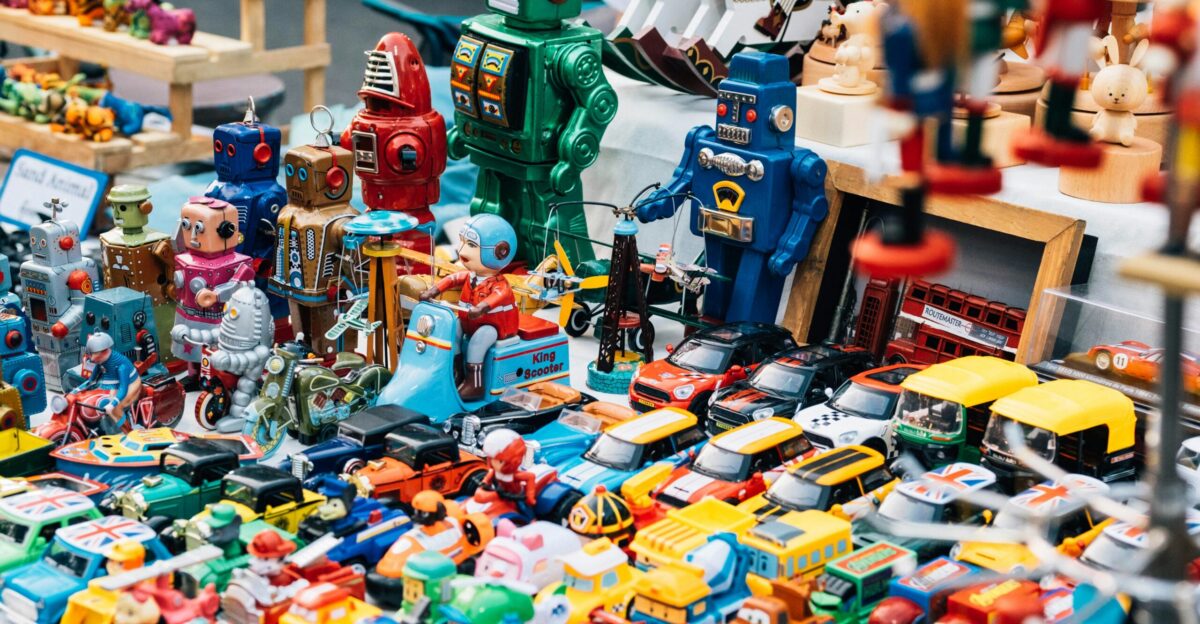
Small and medium-sized businesses (SMEs), many of which are family-owned and locally run, make up about 96% of toy companies in the United States. Usually, these companies don’t have the purchasing power to bargain for tariff exemptions or absorb higher costs. Nearly half of these businesses fear going bankrupt as a result of tariffs, according to a 2025 Toy Association survey.
Small toymakers are more vulnerable to the effects of tariffs and related supply-chain disruptions because they frequently rely on single-source suppliers or have small inventory buffers, in contrast to large corporations with intricate, diversified supply chains. In addition to threatening survival, declining profit margins, postponed shipments, and inventory shortages also pose a threat to the larger ecosystem of innovation and local jobs they sustain.
Supply Chain Interruptions and Tariffs
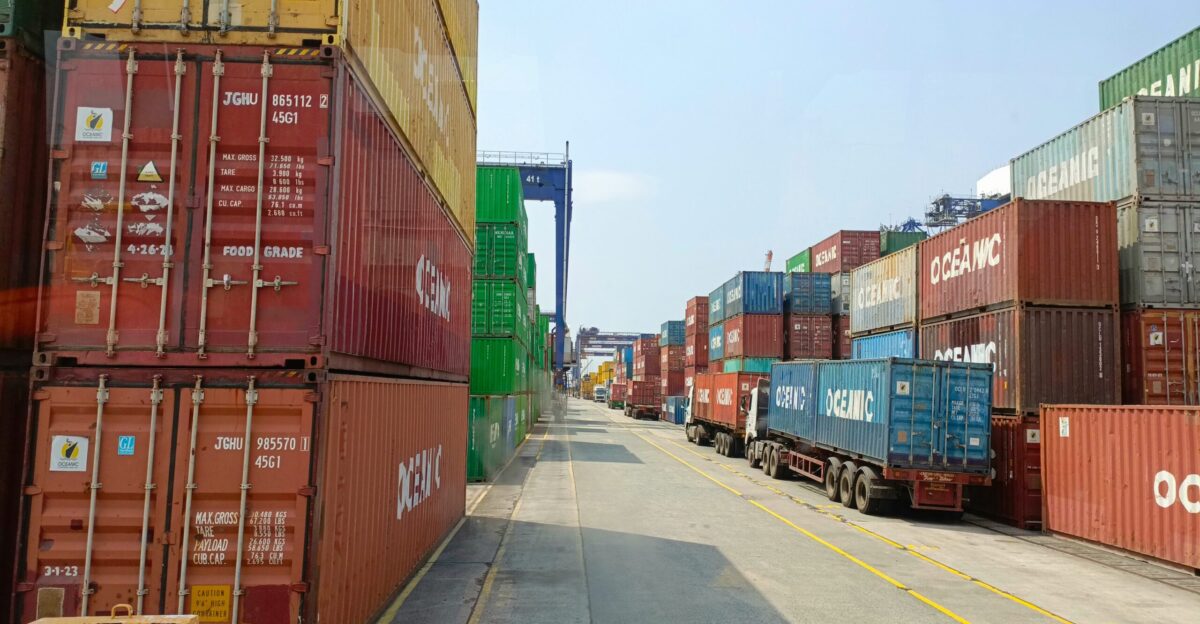
The supply chain for toys has seen significant disruptions as a result of tariffs. Due to cost pressures that force manufacturers to reassess their sourcing strategies and occasionally redesign products to avoid high tariffs, both expensive and time-consuming processes, production delays are now common.
Manufacturers deal with strained supplier relationships, longer lead times, and limited material availability. Uncertainty is exacerbated by these delays, which ripple through the distribution and shipping networks. Production of toys for the holiday season usually starts months in advance, but supply chain freezes brought on by tariffs have stopped essential production cycles, endangering empty shelves during periods of high demand.
Effects of the Economy on Small Toymakers
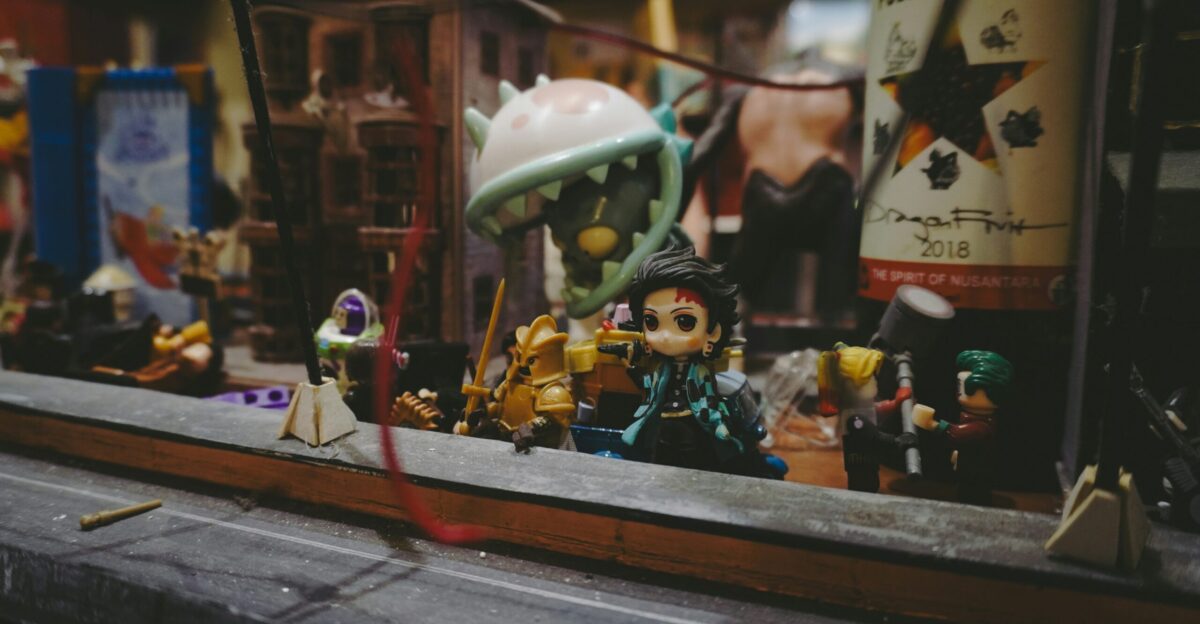
Rising production costs and skewed pricing power are the direct economic effects. To compensate for tariffs, small toy manufacturers must increase retail prices, which could turn off budget-conscious buyers.
Many are in a tight spot where they can’t pay their bills without losing clients. Because fixed overheads stay the same, lower sales volume results in even more severe profit margin hits. Some toy companies experience cash flow issues, making it difficult for them to finance inventory purchases or sustain long-term losses. The personal stakes involved are demonstrated by the fact that several business owners have turned to personal loans or stopped taking salaries in order to keep their companies afloat.
Risks of the Holiday Season and Expected Shortages

For toymakers, the holiday season is crucial because it frequently accounts for 40–50% of their yearly sales. Widespread order freezes and cautious buying by retailers in anticipation of shortages and price increases have been brought on by tariffs.
According to experts, pre-tariff stockpiles are running low by the middle of 2025, posing a “perfect storm” of supply shortages at a time when demand is at its highest. There will probably be less selection and availability for consumers, as some well-liked toys will sell out before their time. This poses a risk to the revenue of small businesses as well as to the larger retail ecosystem, which depends on timely inventory.
Impacts on Consumer Behavior and Psychology

Price increases and smaller selections are likely to have a big impact on customer behavior. According to behavioral economics research, consumers may forego specialized or novel toys from small manufacturers in favor of necessities or well-known products. This change may weaken consumer loyalty to the brand and limit the market for new products. Additionally, supply instability can lead to hoarding or panic buying, which messes up inventory flows and makes retail planning more difficult.
This volatility adds to the stress already experienced by small business owners, who may be less inclined to invest in long-term strategic planning and new product development. As a result, these market-effect and cascading psychological risks intensify the dangers of tariffs, going beyond their immediate financial effects.
Intersection with Manufacturing Jobs in America
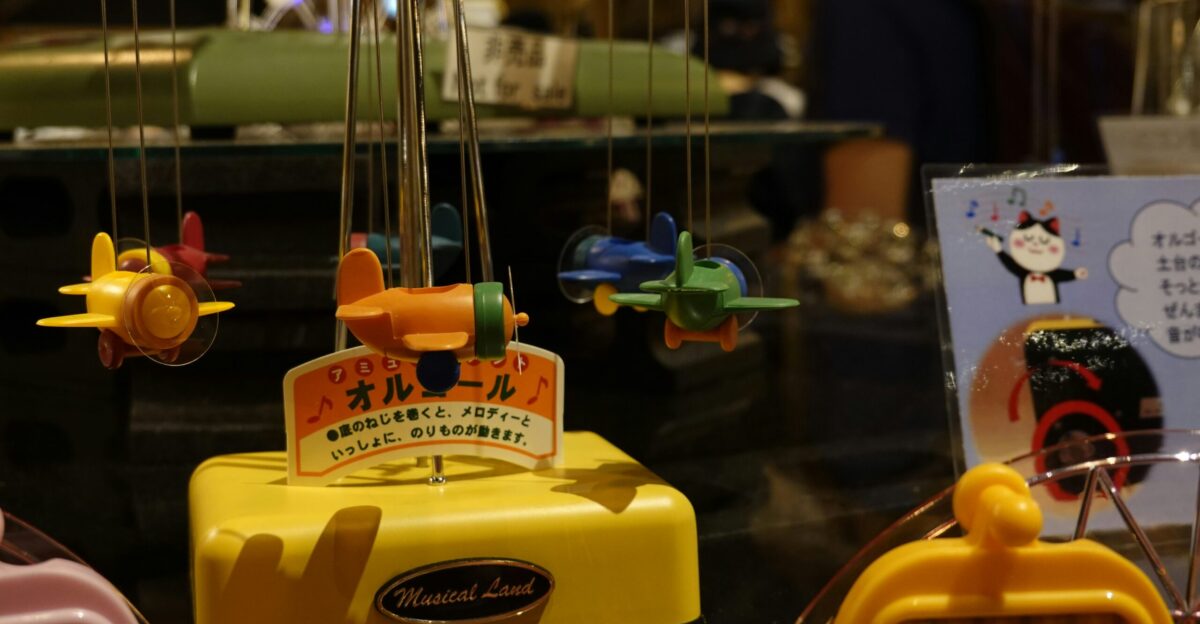
The fact that tariffs aimed at promoting American manufacturing paradoxically jeopardize domestic toy jobs is a crucial paradox. Numerous American businesses employ hundreds of thousands of people and carry out design, innovation, marketing, and some assembly work domestically.
Companies are forced to reduce staff or move production overseas as a result of tariffs that drive up prices and trigger retaliatory tariffs on U.S. exports. This exposes intricate global trade interdependencies and challenges the political narrative that tariffs revitalize domestic manufacturing. This instance demonstrates how poorly targeted tariffs can harm the very workers they are meant to safeguard. In the long run, this might undermine the smaller producers who are essential to localized economic ecosystems and innovation.
Advocacy and Legal Actions by Small Toy Manufacturers

A growing number of small toy manufacturers are using the legal system and public advocacy to oppose tariffs. An example of industry opposition to policies deemed to be disproportionately detrimental to small businesses is the case of V.O.S. Selections v. Trump. By emphasizing that broad tariffs hurt rather than benefit, the Toy Association actively advocates for exemptions.
The need for comprehensive trade reform has been emphasized by the emergence of public campaigns and direct congressional lobbying. If these initiatives are successful, future trade policy changes that benefit small manufacturers may be influenced. The urgent need for persistent advocacy is highlighted by the fact that many businesses are still worried about ambiguous timelines and potential retaliation effects.
Impact of Ripples on Creativity and Innovation

The effects of tariffs on innovation are profound. Small toy manufacturers frequently create innovative, specialized, or instructive products that promote industry diversity. R&D budgets decrease as expenses rise and revenues decline, which impedes the development of new products and the ability to adjust to new trends.
As a result, there is less competition and consumer choice, which further dampens sales and innovation incentives. This leads to a vicious cycle. A homogenized product landscape controlled by major players poses a risk. Unique concepts and local knowledge run the risk of disappearing in this innovation pinch, which would eventually change the creative ecology of the sector and the customer experience.
Challenges of Supply Chain Diversification
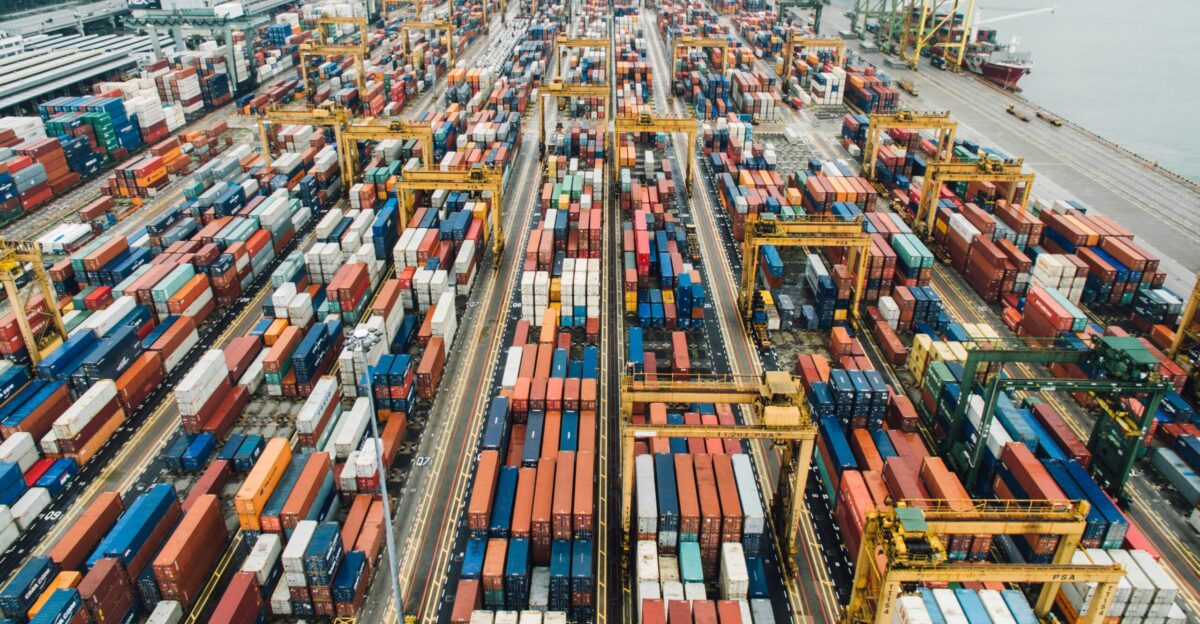
Significant obstacles stand in the way of efforts to diversify supply chains away from China, particularly for small toy manufacturers. High expenses and intricate legal requirements, like safety certifications and contract renegotiations, are associated with switching production. Product launches may be delayed in emerging economies if alternative suppliers are unable to match quality or scale.
These obstacles force many businesses to stay in supply chains that are already affected by tariffs. In the absence of widely accepted remedies for small and medium-sized businesses, tariff pressures continue to increase operational stress and financial risks. Many find it impossible to make quick adjustments due to the slow and expensive diversification process.
The MikroKits

Real-world tariff impacts are demonstrated by the educational toy manufacturer MikroKits, located in Virginia. Due to component order halts associated with tariff costs, expected production fell from 20,000 units to 11,000 units.
Owner David Levi made significant investments, postponed salary withdrawals, and is currently experiencing financial difficulties. The severe vulnerability of small businesses without capital buffers and diverse supply chains is demonstrated by this case. The desperation of small businesses trying to survive in the face of policy instability is highlighted by MikroKits’ involvement in legal actions against tariffs. Their narrative demonstrates how tariffs jeopardize niche markets that are vital to product diversity and education.
Impact on the Economy and Employment in a Wider Sector
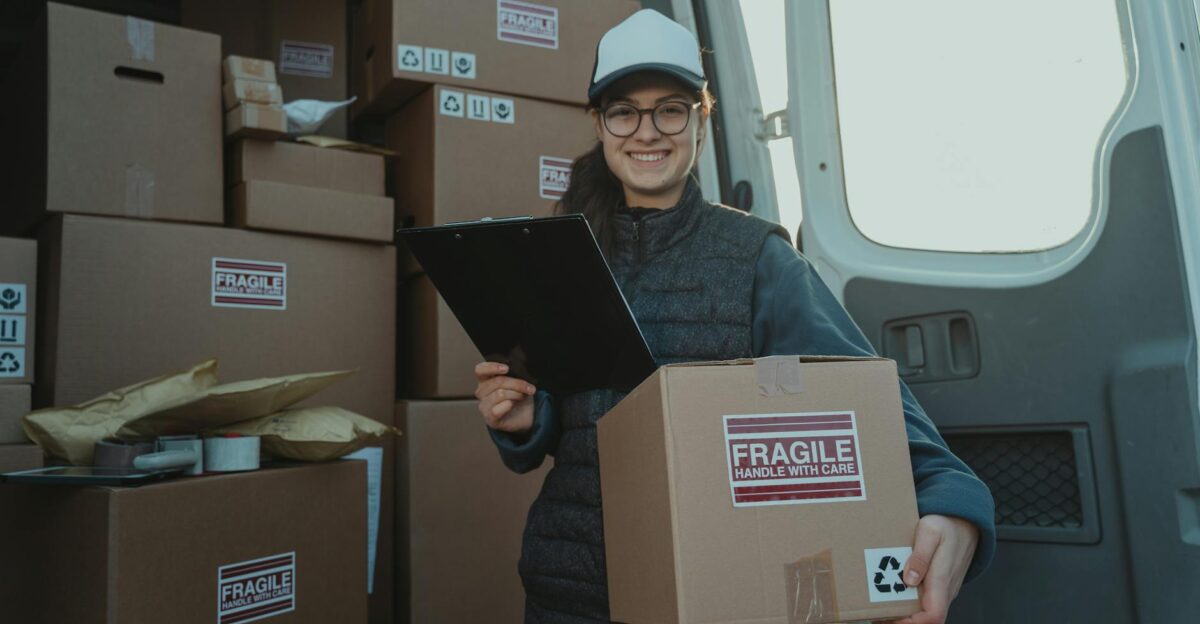
A wide range of job sectors, including manufacturing, design, distribution, and retail, are supported by the small toymaker industry. These jobs are frequently concentrated in areas that are vulnerable and heavily reliant on these industries.
Company failures may result in a large loss of jobs, a downturn in the local economy, and a drop in municipal tax receipts. In addition to direct effects, local economies experience secondary economic repercussions as a result of decreased consumer spending and supplier chain interruptions. The survival of these companies is essential to maintaining community resilience and economic diversity, which makes tariff policies with unforeseen negative effects particularly concerning.
Families Are Under Pressure from Tariffs and Inflation

In the end, tariffs hurt American households, particularly those with lower incomes, by increasing inflationary pressure. Tariff-linked price increases on common items, such as toys, could result in annual cost increases of $1,300 or more for average families.
Families may reduce their discretionary spending during the holidays, which would directly lower the volume of toys sold. Both customers and retailers suffer from this inflationary feedback loop, which stifles economic expansion and exacerbates inequality. Affordable toys are essential for a child’s development; less wealthy families are disproportionately impacted by limited access, which raises social equity issues related to trade policy decisions.
Divergent Views on Economics
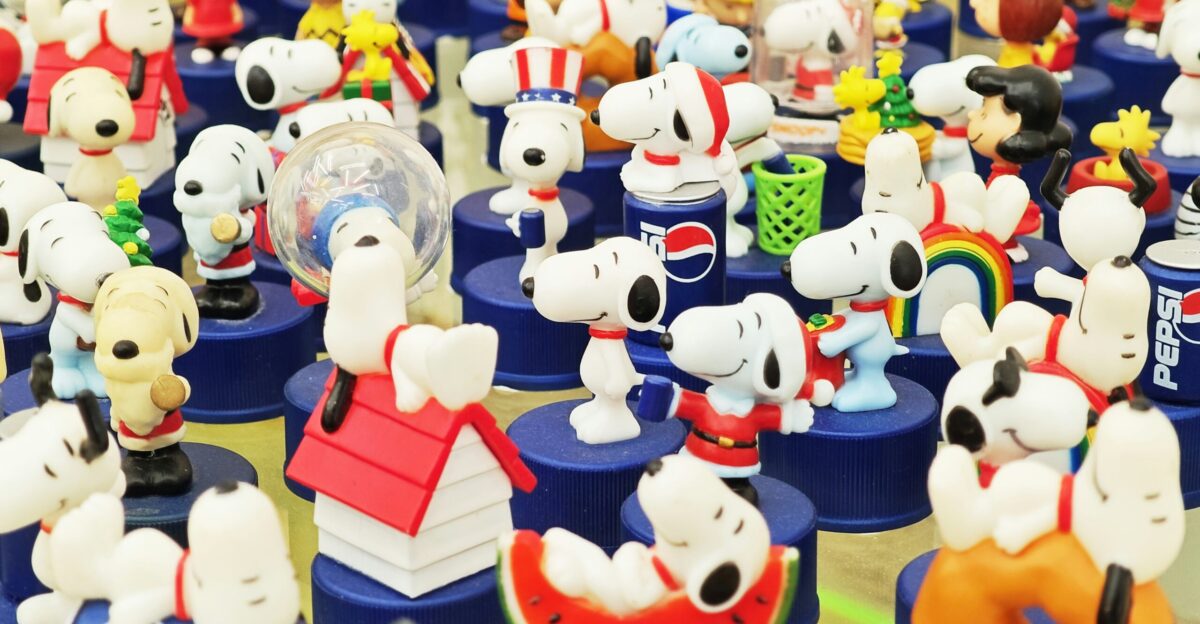
Some contend that tariffs can protect American toy producers from overseas competition, which could lead to the revival of certain domestic market niches. This viewpoint, however, ignores the ways in which tariffs challenge specialization in the toy industry, upset supply chains, and spark retaliation. Tariffs may exacerbate inefficiencies and promote downsizing or offshoring rather than boosting manufacturing.
The majority of economists caution that broad tariffs are ineffective instruments that disproportionately hurt small businesses. Beyond protective tariffs, targeted investment and structural changes are necessary for the long-term recovery of domestic manufacturing. Although this opposing viewpoint is significant, it is not as well-supported by industry data and current market realities.
The Transition to Digital Play in the Long Run

A new, unproven theory suggests that shortages of physical toys brought on by tariffs will hasten the uptake of digital play alternatives by consumers, including video games, apps, and virtual toys. Traditional toys are becoming less available and more expensive, which may encourage families to choose these alternatives.
This change has the potential to permanently change the dynamics of the industry by favoring the development of interactive, electronic entertainment over traditional physical toys. If confirmed, it could lead to strategic changes in marketing, product development, and play preferences for kids, which could change one of the most culturally significant aspects of childhood in the ensuing decades.
Resilient Supply Chains and AI Optimization

Investments in supply chain resilience and AI-driven optimization are rising in spite of tariff difficulties. To adjust, retailers use leaner SKU assortments, inventory management algorithms, and predictive analytics. Expanding under a private label lowers exposure to tariff volatility and helps control costs.
Although these adaptations demonstrate creativity and adaptability, they might also lead to fewer risks being taken on new, smaller-scale products and less varied product offerings. Efficiency and risk reduction are driving the industry’s evolution, but this change may limit the innovation and scope that have historically depended on smaller enterprises.
Tariffs and Their Effect on Indie and Specialty Toys

Tariffs increase the difficulties faced by independent and niche toy manufacturers. These companies frequently depend on specialized manufacturing techniques, small-batch production, and unique materials, elements that are disproportionately impacted by supply-chain fragmentation and tariff-induced cost increases.
Many independent toys are removed from shelves by retailers who reduce SKUs to save money, further limiting consumer choice and diversity. Innovation and cultural diversity are undermined by the ensuing market consolidation. Tariff reform is essential to preserving a diverse and rich toy landscape because industry vitality depends on preserving access for these smaller, innovative manufacturers.
Consumer and Political Pressure to Change Policies
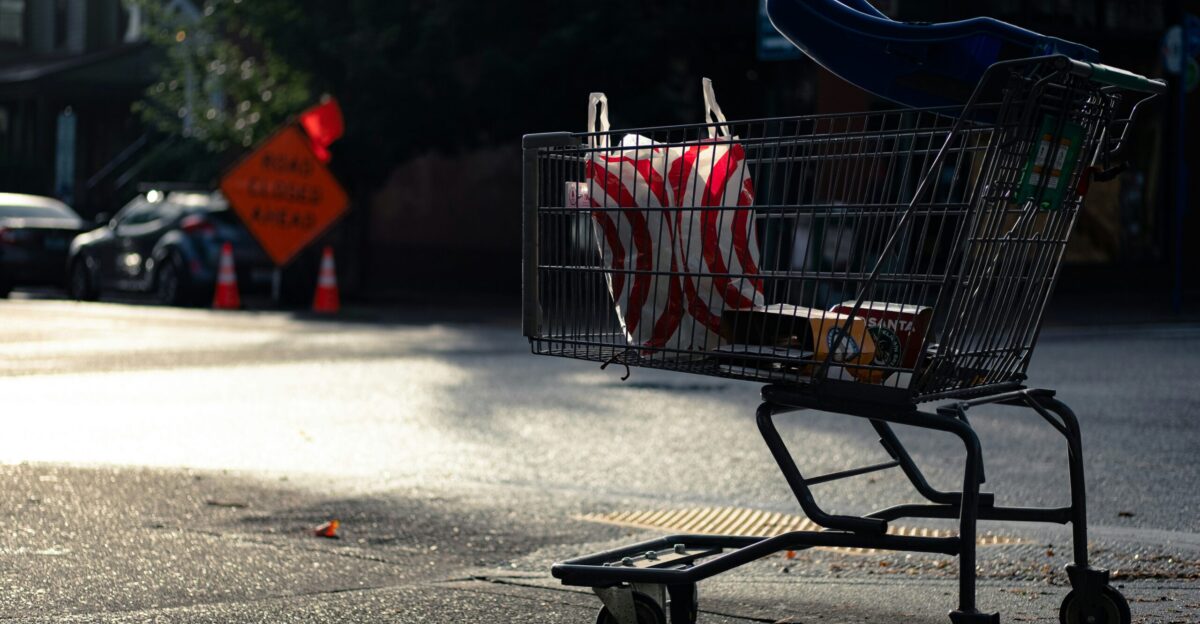
Growing political and consumer activism is being fueled by awareness of the negative effects that tariffs have on small businesses. Policymakers are under pressure to reevaluate trade regulations from grassroots initiatives, social media campaigns, and trade lobbying.
Boycotts by consumers and direct appeals to elected officials draw attention to the financial and human costs of the problem, raising awareness of it across political lines. Decision-makers’ actions in the upcoming year could have a significant impact on the future of the toy industry, the viability of small businesses, and the philosophy of trade policy in the United States. It could also be a signpost for other industries impacted by tariffs.
Conclusion
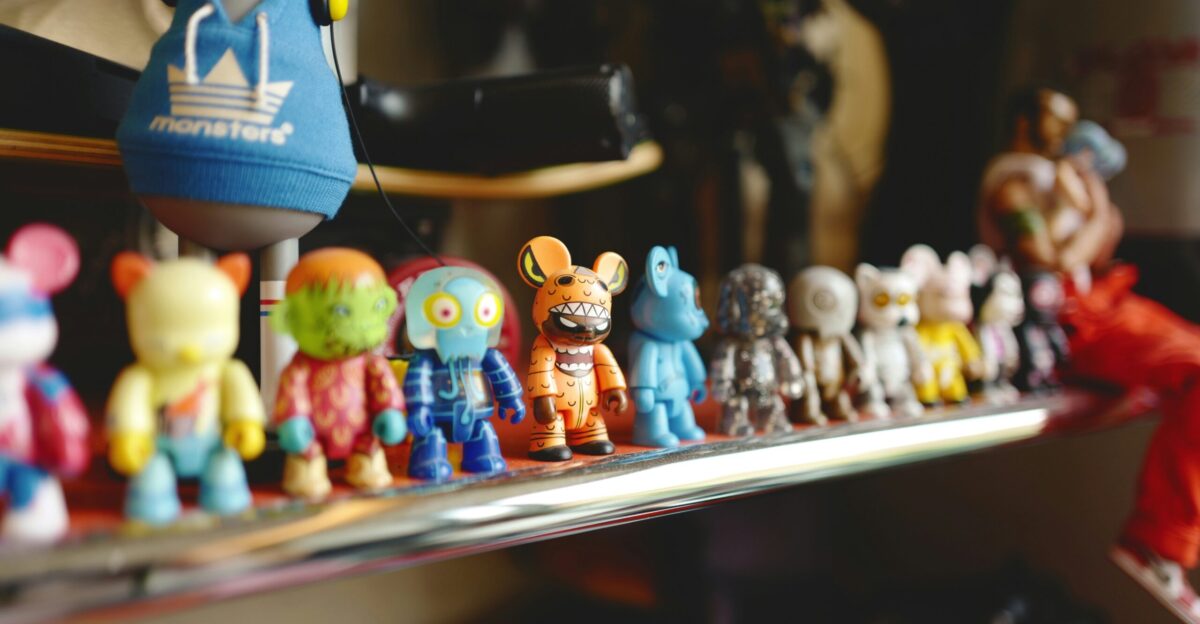
For small toymakers who face significant risks during the holiday season, tariffs have caused significant disruption. Many businesses fear survival as a result of supply disruptions, skyrocketing expenses, and a convergence of consumer price sensitivity. In addition to putting a strain on the economy, these policies jeopardize diversity, employment, innovation, and the cultural foundation of childhood play.
Tariffs are disproportionately hurting the small, innovative businesses at the heart of the toy industry, despite their intended protection of domestic industries. In order to address these issues and maintain a vital, resilient toy ecosystem that supports families and communities across the country, balanced, evidence-based trade reforms must be combined with focused assistance.